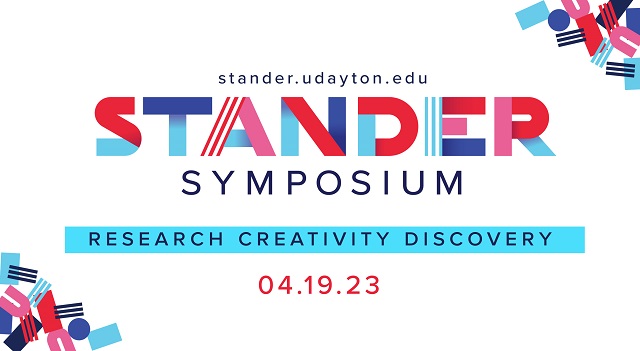-

Cross-Cultural Educational Exchanges for Peace Through Common Humanity
Katelyn Jutras
How do human connections formed from cross-cultural educational exchanges promote peace and understanding? These personal connections can lead to deeper cultural understanding and awareness, which can lead to peace. Many cross-cultural educational exchanges such as Fulbright were created to promote peace and understanding. Cross-cultural educational exchanges now take on more forms due to increases in the ability to share knowledge which supplies more opportunities for conflict and misunderstanding or peace and understanding. Due to this, it is important to have students take part in cross-cultural educational experiences to create personal connections, so they can better understand cultural differences. This experience can create global citizens who are able to understand and navigate the barriers of culture. Through literature review and synthesis, human connection is shown to be vital in the creation of peace and understanding across cultures.
-

Understanding the Barrier to Integrating Empathy Education into Pre-Medical Curriculum
Angela Galluzzo
The overwhelming consensus in healthcare research over the past two decades supports that healthcare providers demonstrating empathy is an integral component of quality of care and health outcomes (Reiss). The benefits of empathy in patient-provider relationships range from stronger immune responses from patients to a lowered burden on the healthcare system to fewer malpractice lawsuits against providers (Reiss). Even with this research suggesting that providers should be empathetic in patient interactions, there are barriers to implementation. The barrier that my research will focus on is time–specifically how time constraints throughout professional schooling prevent a broad education that would teach providers how to best demonstrate empathy to patients. My work focuses on a literature review to understand why empathy should be studied as the marker for success in patient-provider relationships and how empathy competency is being taught and subsequently measured in clinical practice. I, then, investigate time as the inescapable barrier to empathy education. With this foundational knowledge, I propose a recommendation that focuses on integrating empathy education, focusing on empathy as an attainable, measurable skill, into the pre-medical curriculum at universities.
Printing is not supported at the primary Gallery Thumbnail page. Please first navigate to a specific Image before printing.



